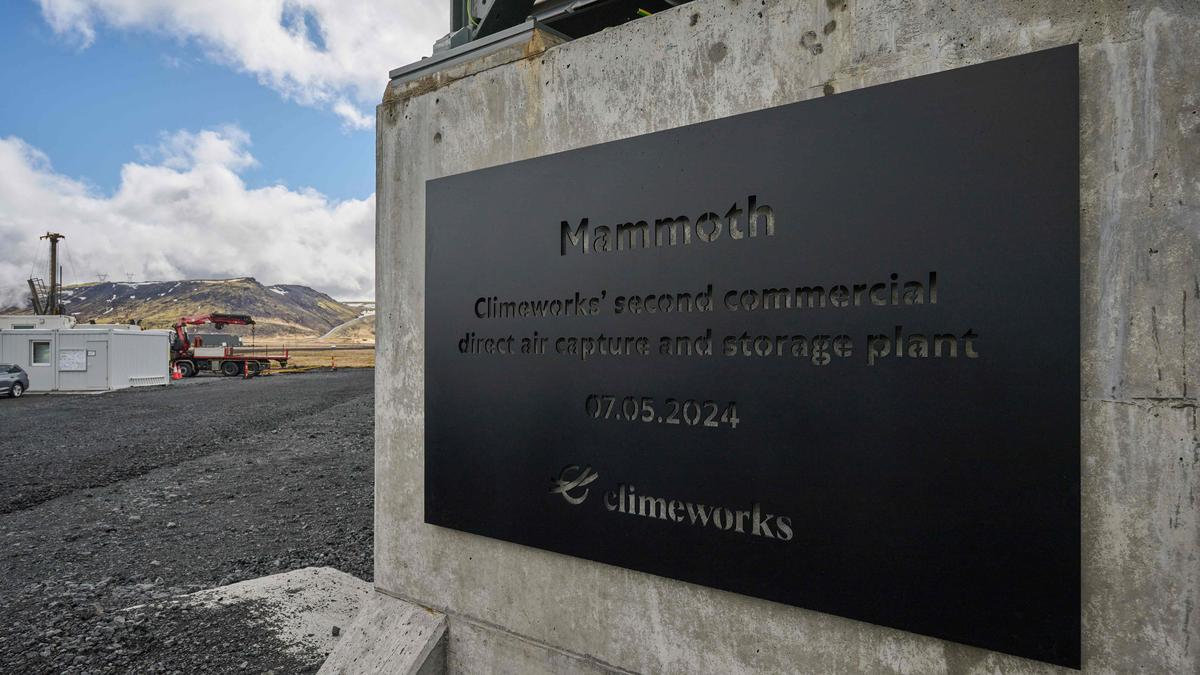Free Courses Sale ends Soon, Get It Now


Free Courses Sale ends Soon, Get It Now



Disclaimer: Copyright infringement is not intended.
Context:
Mammoth
What is Direct air capture (DAC)
Process:
Difference with carbon capture and storage (CCS)
Direct air carbon capture and storage (DACCS or DACS)
Significance of DACCS:
Watch the mammoth facility video:
https://climeworks.com/plant-mammoth
Source:
|
PRACTICE QUESTION Q. Assess the role of carbon capture technologies in mitigating climate change and achieving global emission reduction targets. Also discuss the various methods and challenges associated with carbon capture, utilization, and storage (CCUS) initiatives. (250 words) |
© 2024 iasgyan. All right reserved